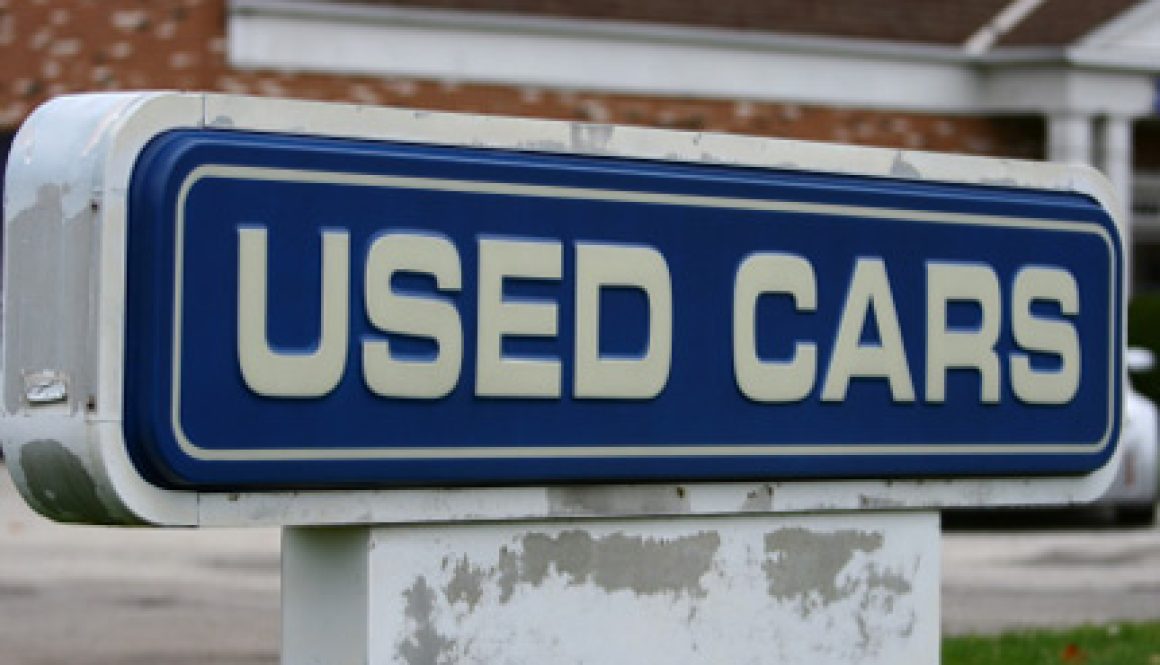Buying Used Car
Used Cars. A simple term that has a less than positive meaning for most car buyers. Conventional wisdom says that buying a used car is buying someone else’s problems. However, as new car quality has gone up, the risk of buying a late model used car has gone down. In fact, the automotive industry doesn’t even call them used cars anymore. The term to look for now is Certified Pre-Owned, or CPO.
“There is a growing market in this country for used vehicles that have been put through a Certified Pre-Owned program. CPO vehicles give the consumer a chance to buy the latest models, often only two or three years old, at a big savings over a new car. So, when you buy one, you’re really doing yourself a favor,” says John Davis, host of MotorWeek, the longest running weekly automotive show on television.
More than a third of all late model used cars and trucks sold last year — nearly 1.2 million vehicles — came with a Certified Pre-Owned designation. They are typically vehicles that have low mileage, and have been put through a battery of tests to make sure they are in tip-top condition. Vehicles that fall into this category are mostly just off-lease, secured from factory executive car auctions, from rental fleets, or the very best trade-ins.
“A new car depreciates by 15 to 20 percent the moment you drive it off the lot,” says Davis. “If you buy one that’s Certified Pre-Owned, you avoid taking the initial depreciation, yet have an almost new car with a strong warranty and in some cases a better warranty than a new one. Smart consumers can think of these vehicles as the best and brightest in their class.”
According to CNW Marketing Research, Inc., one can expect to pay a premium of between four and seven percent for a vehicle with the Certified Pre-Owned designation. “They may cost a little more than you’d expect to pay for a used car, but when you look at all the checks and balances performed and the extra warranty, it’s easily worth it,” says Davis.
Among the benefits, not just some, but all vehicle parts that are even moderately worn have been replaced. Many Certified Pre-Owned cars come with new brake pads, hoses, accessory belts, wipers and batteries. Their engines and transmissions have been checked and overhauled if necessary; minor exterior damage — like nicks, dings and tattered trim — is repaired or replaced; carpets and seat upholstery are shampooed or cleaned, and if they look less than new, are replaced.
Beyond that, certified programs provide additional warranties, often up to 100,000 miles, and may also include perks like car-club style roadside assistance. This kind of warranty actually exceeds the coverage offered by the factory when it was new. “Certification programs increase consumer confidence about the quality of a used vehicle,” says Scott Weitzman, senior director of retail programs for the noted automotive polster, J.D. Power and Associates.
But, don’t just buy any vehicle that is labeled Certified Pre-Owned. The best CPO programs are found only at new car dealers, with repair requirements and warranties backed by the factory. Also, ask to see the checklist on the car or truck of your choice so you will know exactly what has been serviced.
“Simply put, purchasing a Certified Pre-Owned vehicle is really a win-win situation for everyone. Manufacturers make money on vehicles they had in fleets or on lease, dealers increase their income percentage compared to new car sales, and customers walk away feeling better about some of the built-in guarantees,” says Davis.

